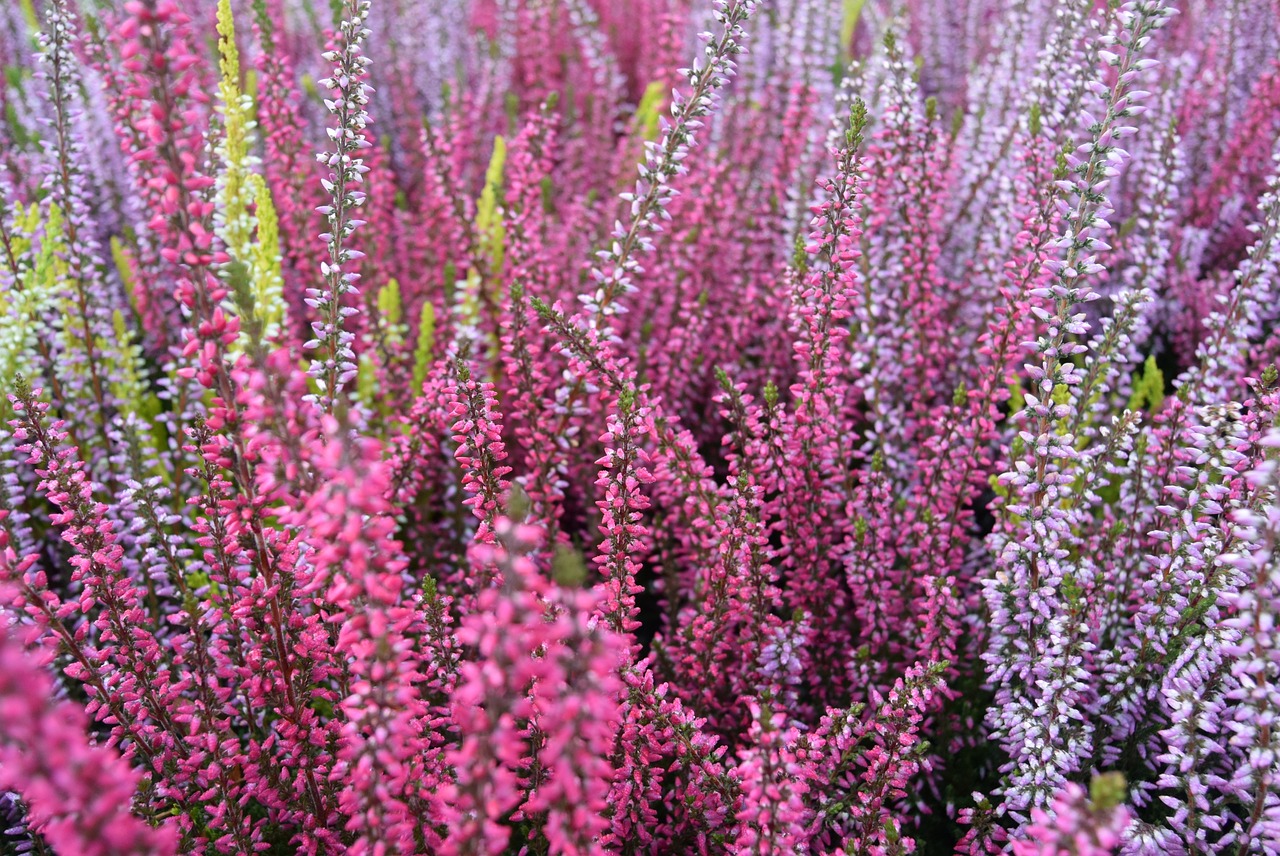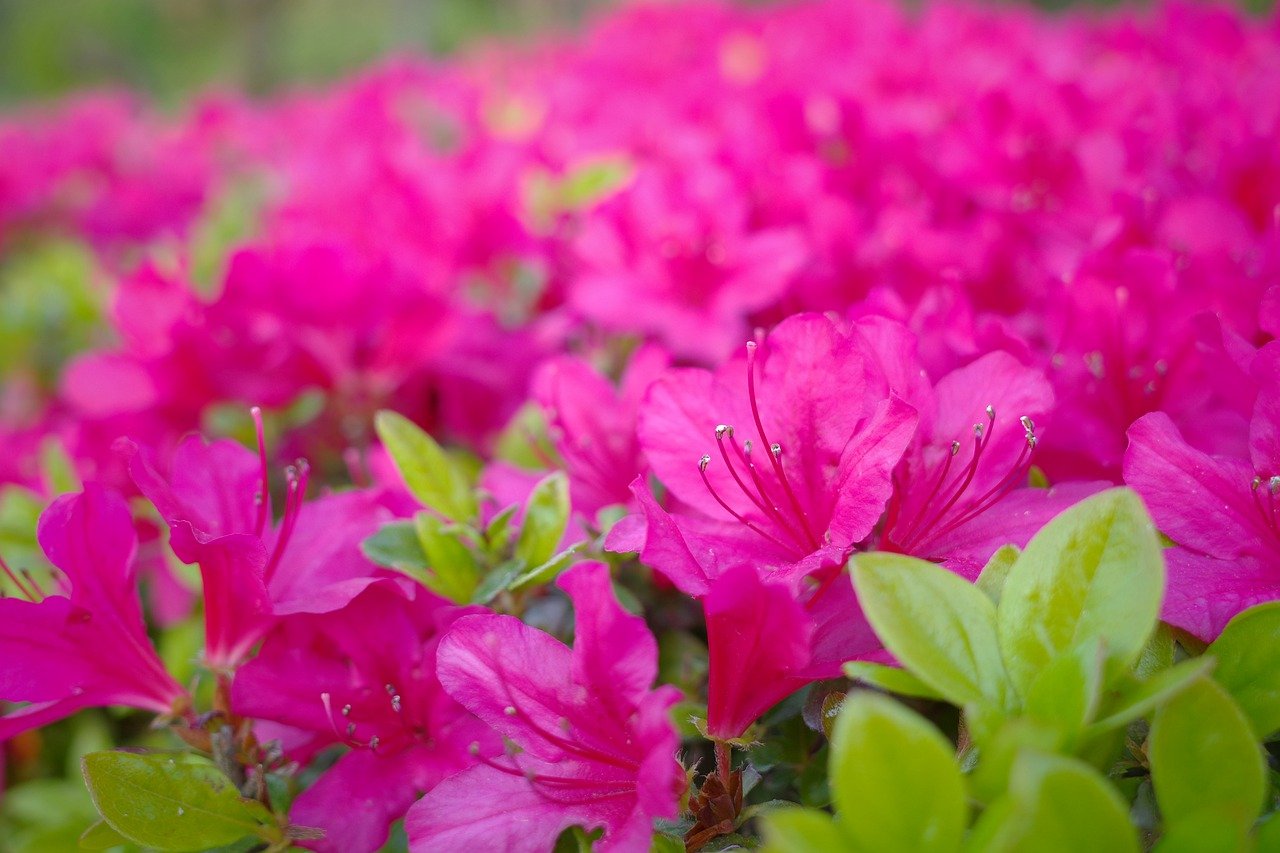Enkianthus perulatus | A Graceful Shrub that Embellishes Tea Gardens with Serenity

The Enkianthus perulatus, commonly known as Doudantsutsuji, is a deciduous shrub that delights us with its delicate white flowers in spring and its vibrant red foliage in autumn.
I introduce it here as a plant widely used as a garden tree or hedge, and as an essential element in Japanese gardens and public landscapes.
In this article, I will explain the basic information, cultural and historical background, and practical tips for growing Enkianthus perulatus.
Basic Information
- Scientific name: Enkianthus perulatus
- Family: Ericaceae
- Origin: Japan, China, Korean Peninsula
- Appearance: This small shrub grows to about 1–3 meters in height, with finely branched stems. In spring, it produces bell-shaped white flowers, and in autumn, its foliage turns bright red and orange. Its graceful appearance makes it a popular choice for hedges and garden accents.
- Flowering and foliage season: Flowers bloom from April to May, and foliage turns in October to November.
Cultural Characteristics Around the World
In Japan, Enkianthus perulatus plays an important role in traditional garden culture.
It is often planted as a hedge or accent plant in temple gardens and Japanese-style landscapes, where its pure blossoms and vivid autumn leaves enhance the harmony of the entire setting.
In China, it is appreciated as a landscape tree in gardens and parks, admired in autumn as a symbol of seasonal beauty.
In the West, its distinctive form and brilliant foliage make it popular as an ornamental shrub, often used as a border plant or a striking garden feature.
Historical Background

The name Doudantsutsuji is said to come from the way its branches alternate like the framework of a traditional lampstand (tōdai). This name has been in use since the Heian period and has been passed down along with the history of Japanese gardens.
During the Edo period, as garden culture flourished, Enkianthus perulatus became highly valued in tea gardens. Its elegant branching and colorful foliage were regarded as expressions of the wabi-sabi spirit, and gardeners often competed in their cultivation techniques.
In modern times, it was also adopted in gardens influenced by Western horticulture, and its beautiful autumn colors became recognized internationally as a symbol of Japanese gardens.
Gardening Advice
Enkianthus perulatus is hardy, easy to grow, and requires little maintenance. Here are the main points for successful cultivation:
Sunlight
Prefers full sun to partial shade. For brighter autumn foliage, a sunny location is recommended.
Watering
When planted in the ground, additional watering is usually unnecessary, except during prolonged dry periods. For potted plants, water generously when the soil surface becomes dry.
Soil
Prefers well-drained, slightly acidic soil. Mixing peat moss or leaf mold at planting is beneficial.
Fertilizer
Apply slow-release fertilizer in spring to encourage flowering. For vivid autumn colors, add supplemental fertilizer in summer.
Pruning
Prune around June, after flowering, to remove old or disorderly branches. It also tolerates hard pruning, making it suitable for shaping hedges.
Wintering
Very cold-hardy and requires no special winter protection.
Conclusion
Enkianthus perulatus is a charming shrub that allows us to enjoy the changing seasons, with white blossoms in spring and striking foliage in autumn.
Deeply connected to the culture and history of Japanese gardens, it remains an indispensable element in landscape design.
I encourage you to bring this hardy and graceful plant into your own garden.




